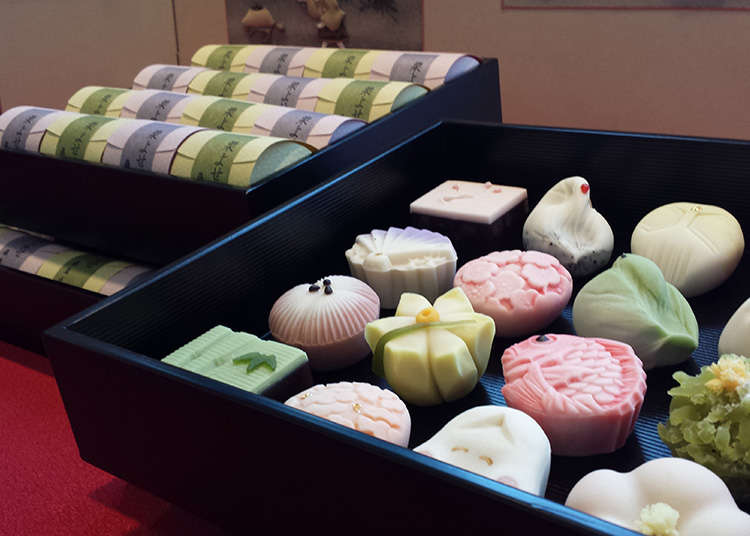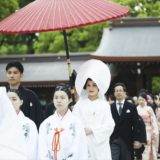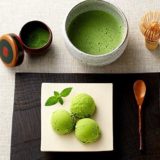1. “Nerikiri”
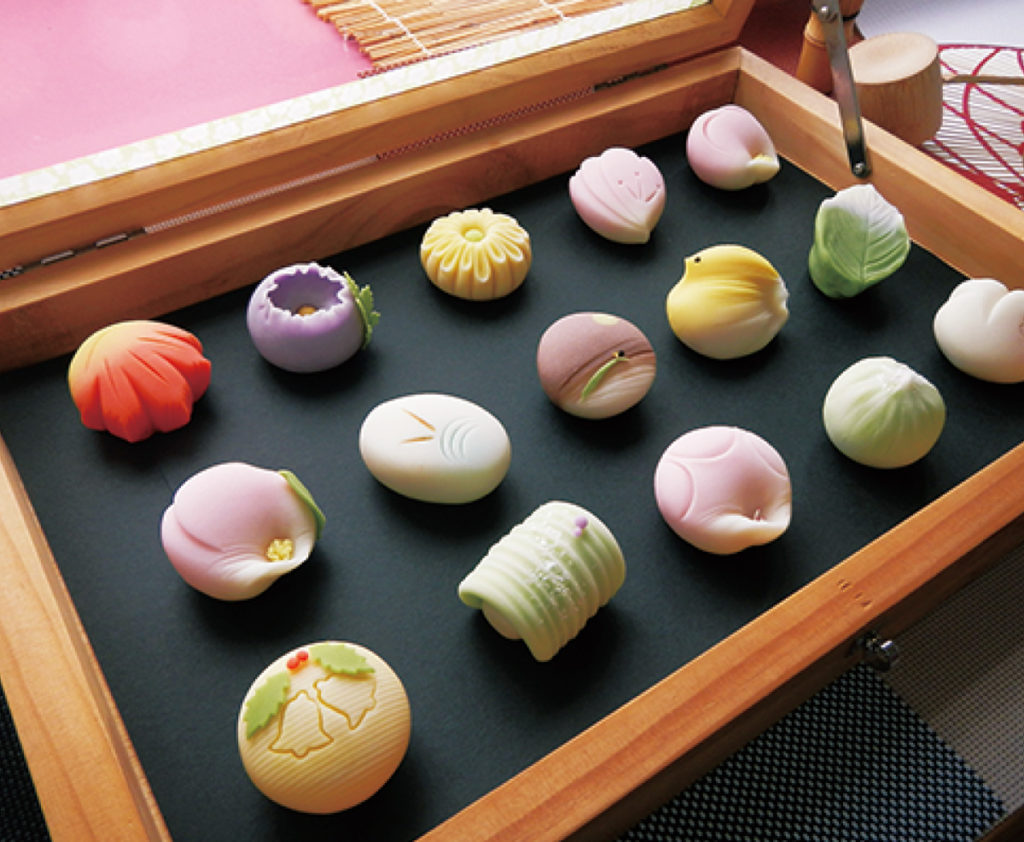
Japanese sweets “Wagashi” has many shapes and production methods, such as mochi, steamed, baked, flowing, kneaded and fried. Therefore, it has a very wide range of categories, but it can be said that Jo-Namagashi is a high-class Japanese confectionery. Wagashi can be roughly classified into three categories.
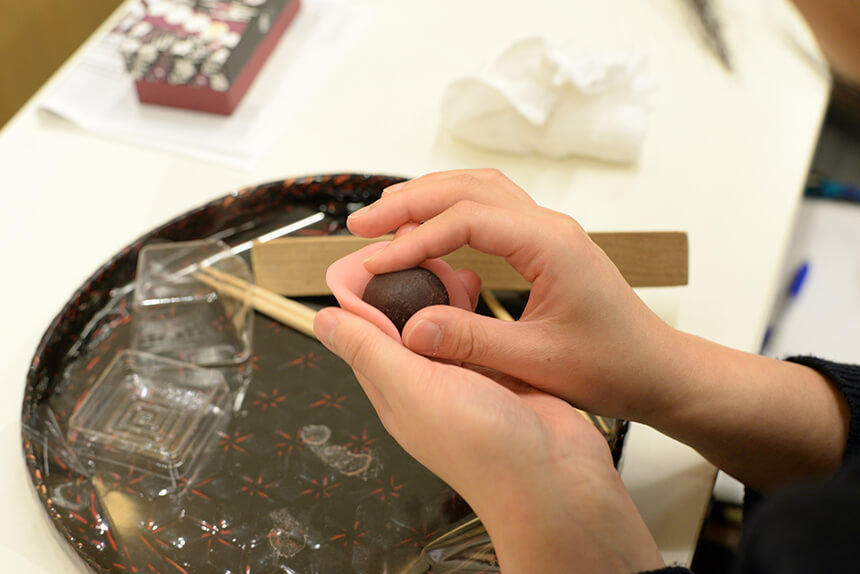
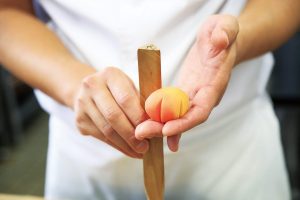
Merikiri”is a type of neri-mono called Jo-nagashi, which is a typical Japanese sweet. The name comes from kneading well when making Ann. It is made from h red-bean paste made by kneading white sweet bean paste with sugar. it is heated and added flour (glutinous rice that is ground by steaming and roasting, etc.) and gyuhi (See “SQUEEZE” section.). Then it is pressed against a wooden mold carved in various shapes or finely handcrafted to create a beautiful shape. Many of them are rich in color and contain the feeling of the four seasons, and have been used as sweets for celebrations and tea ceremonies since ancient times.
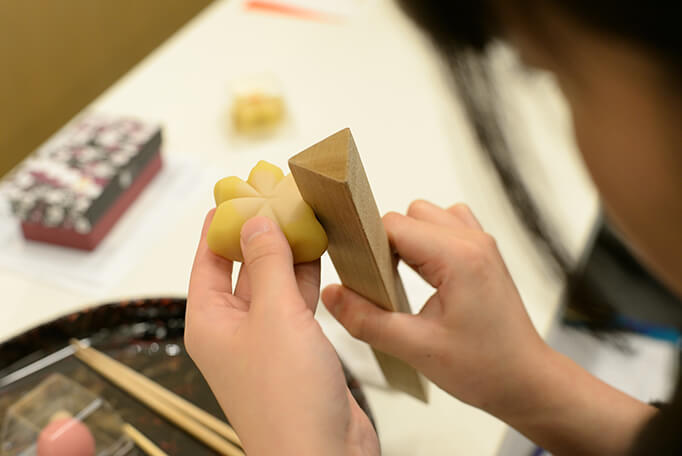
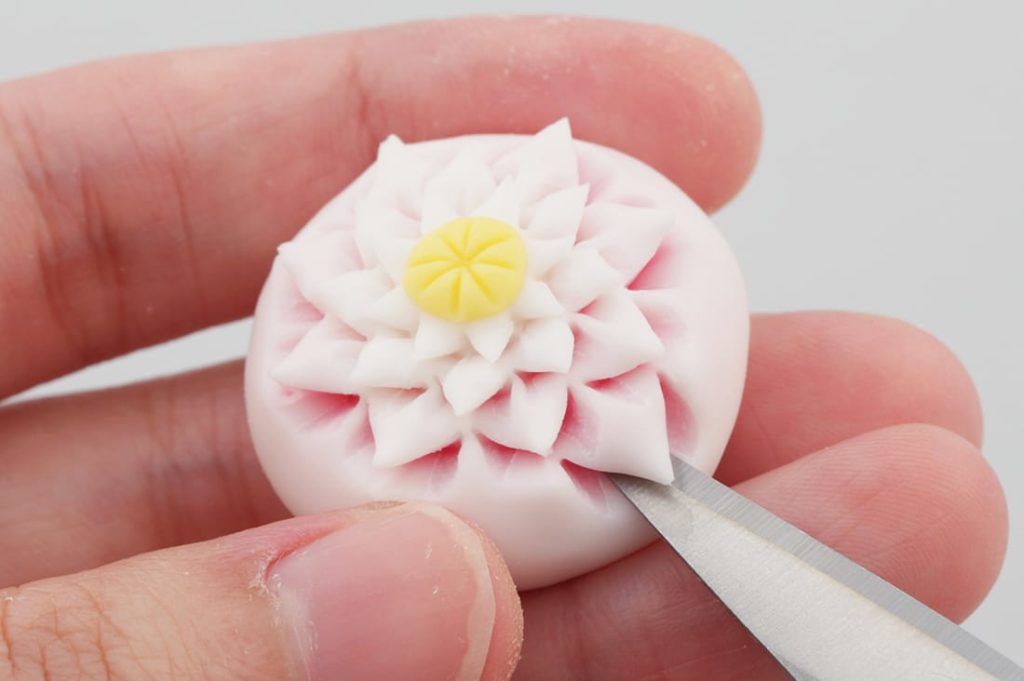
Each Japanese sweets shop sells different kinds of Nerikiri. Many of them have a motif of flowers in that season, and they look strange and beautiful. You can buy these sweets not only at Japanese sweet shops in Kyoto or Tokyo, but also at the Japanese sweet shops in the basement of department stores. Recently, at Lawson, one of the convenience stores, They sell Nerikiri with various characters like “Doraemon”.
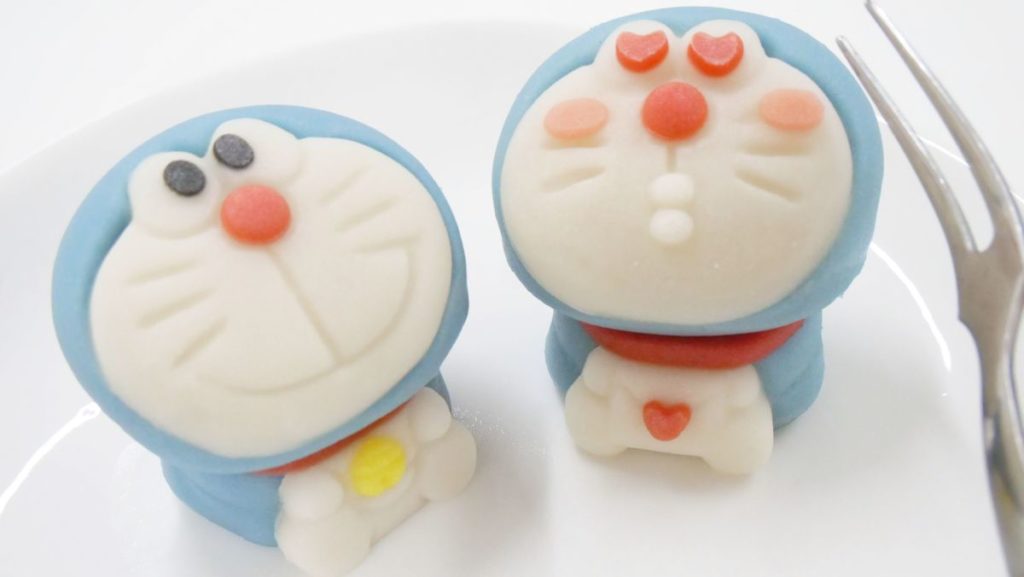
Besides eating these sweets, you can also enjoy the experience of making your own. These are the works of people who actually participated in the confectionery making experience.

2. Taiyaki
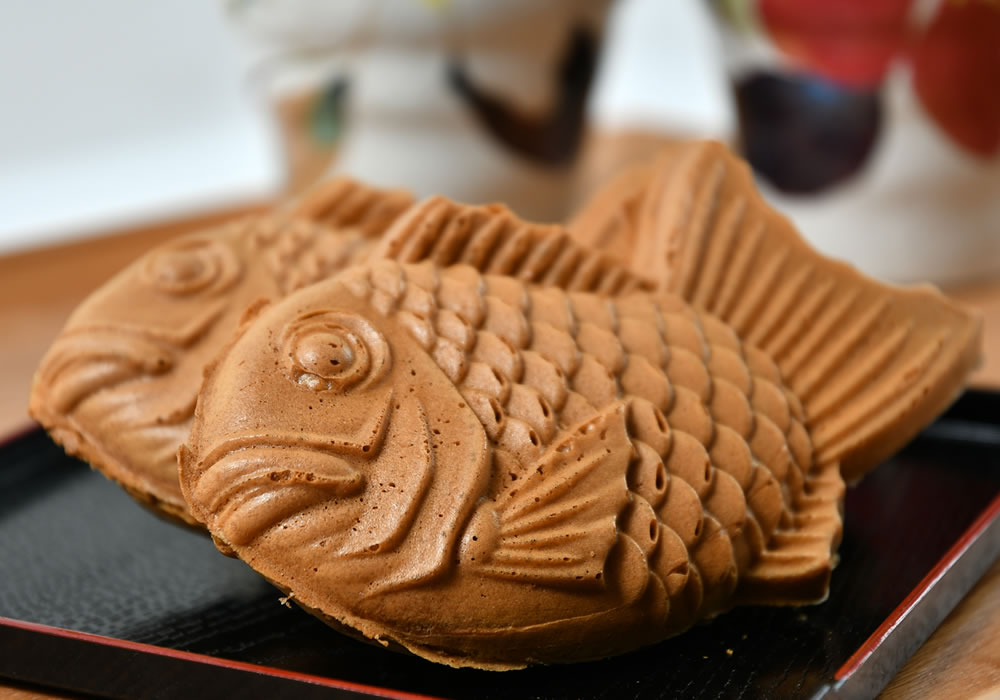
It is a sweet made by pouring a dough made of flour and sugar dissolved in water into a mold shaped like a sea bream and baking it, placing azuki bean paste on it, covering it with the dough and covering it with a mold on the other side and baking it upside down, or baking the dough in a mold on the other side at the same time. Some are filled with custard cream instead of anko( adzuki bean paste).
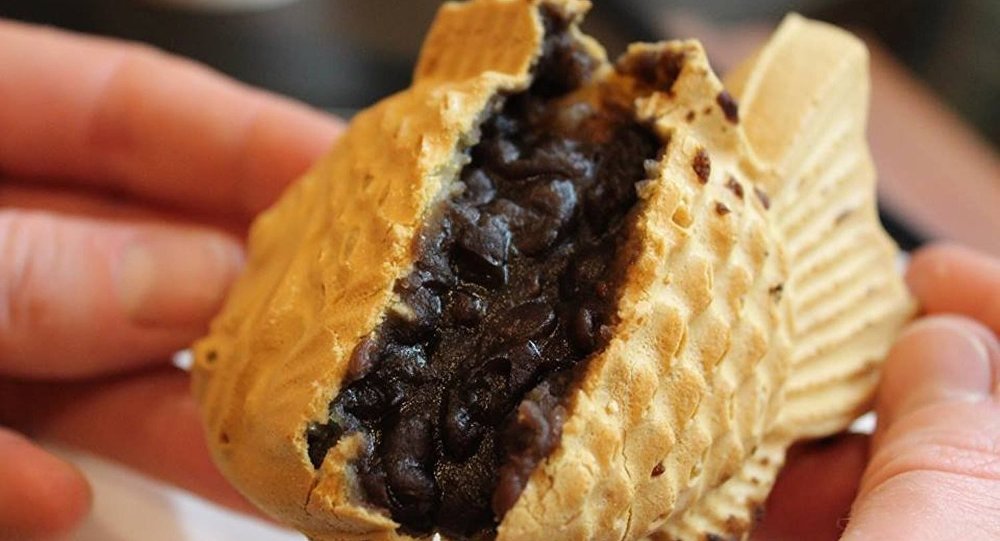
Taiyaki is very popular among Japanese people as a everyday-snack. You can eat it on the spot after you buy it at the shop. Freshly baked, warm taiyai is so yummy.
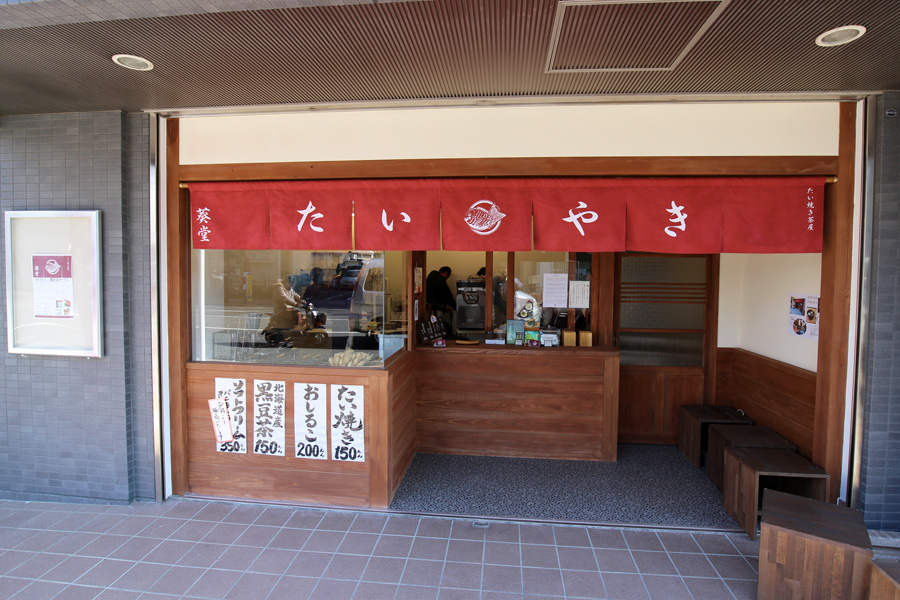
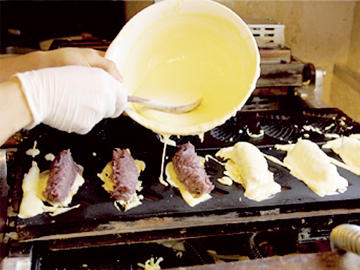
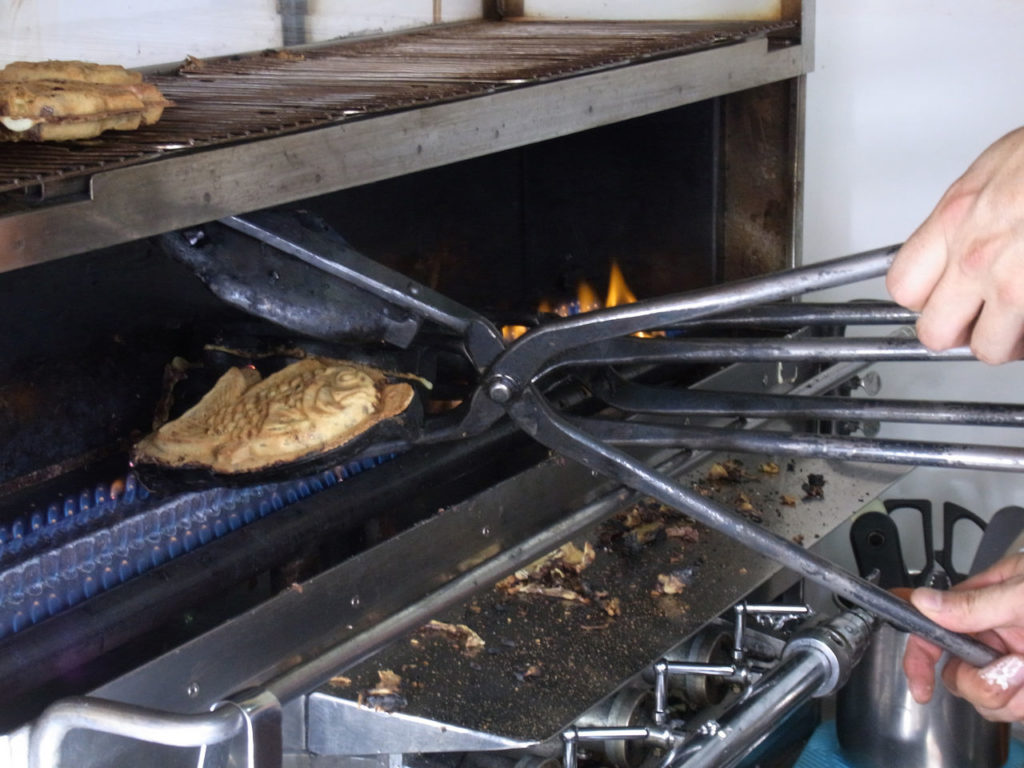
In 1975, the song “Oyoge! Taiyaki-kun”(“Suim! Mr. Taiyaki”) became a big hit and a taiyaki boomed all over Japan. In fact, “Oyoge! Taiyaki-kun” is recognized as Japan’s best-selling single in the Guinness Book of World Records.
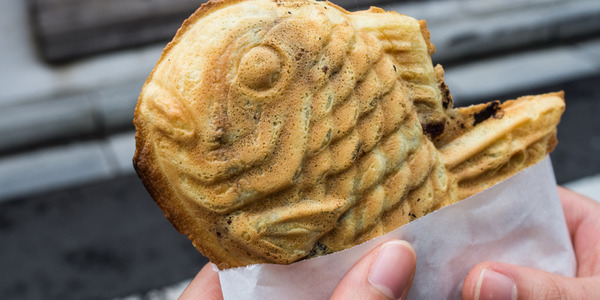
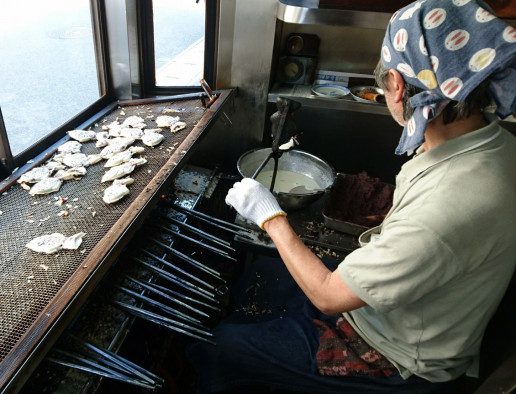
3. Dorayaki
Dorayaki is a popular Japanese sweet with azuki bean paste sandwiched between a puffy disk-shaped dough.
Moist castella-like dough with lightly browned surface has a faint fragrant and sweet scent. The sweet taste of azuki bean paste is very delicious, so it is popular among all generations from children to adults.

About the origin of dorayaki, there is an episode that “when Yoshitsune Miyamoto, who is a member of famous samurai family in Kamakura piriod, escaped to north area of Japan, one of his subordinates Benkei made a cake with red bean paste mixed with the dough he baked in a gong.”.
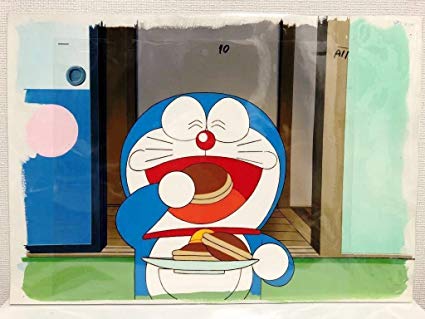
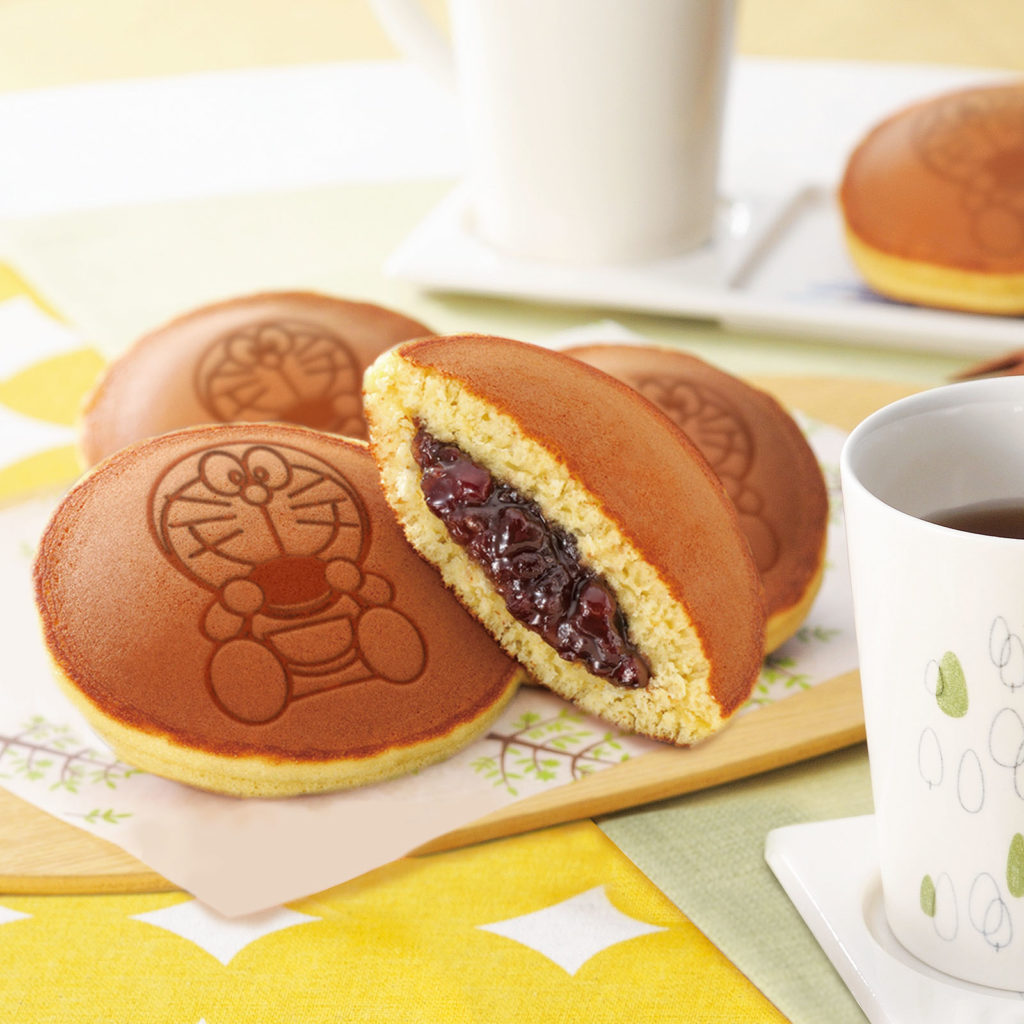
The reason why it is called ”dorayaki” is said that “it has a color and shape similar to a gong”. Dorayaki is also famous as Doraemon’s favorite snack. In Japan. “Dora” means “naughty” or “rambunctious” in addition to gong.
4.Anmitsu
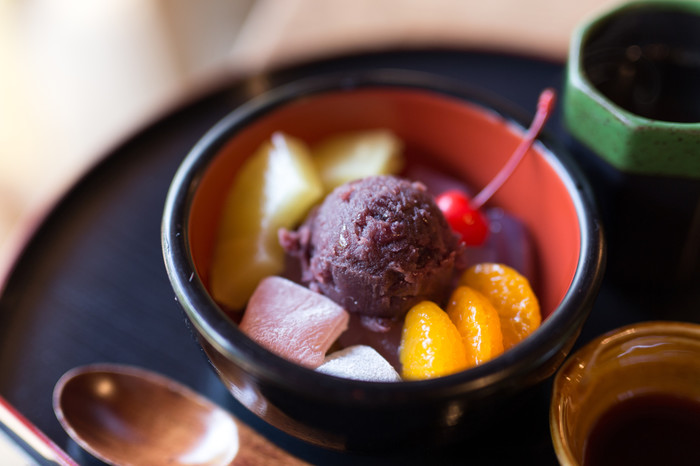
Anmitsu is a kind of Japanese confectionery which is Mitsumame (Anmitsu) topped with sweet bean paste. You have boiled and cooled red peas, azuki bean paste, gyuhi, dried apricot and so on on agar which is cut into small cubes, and pour Mitsu (Brown sugar syrup and white sugar syrup) on it to eat.
Anmitsu has various variations.
Cream anmitsu
It has whipped heavy cream or topped with ice cream (Or soft serve ice cream)
Shiratama Anmitsu
It has some iced flour dumplings on top
Fruit Anmitsu
It comes with cut fruit (Kiwi fruit, cherries, pineapples, mandarin oranges, etc.)
5.Odanngo
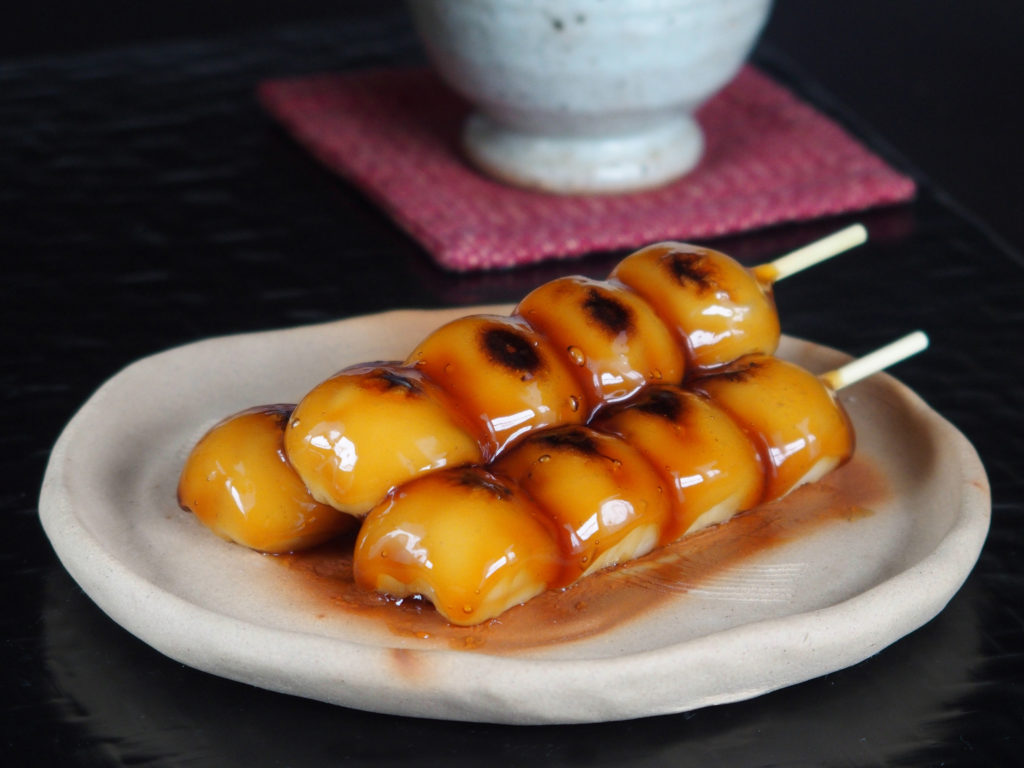
Mitarashi dango is a rice flour dumpling stuck on a skewer (comb), lightly broiled and mixed with sugar and soy sauce (soy sauce There are several kinds of skewered dango other than mitarashi dango. ).
There are also what is with adzuki paste, sesame paste and edamame paste.
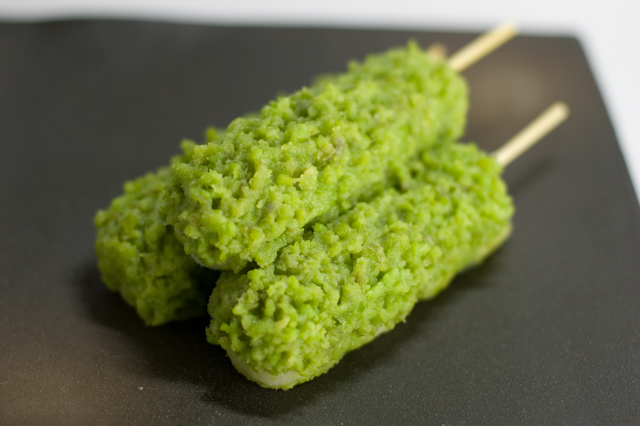
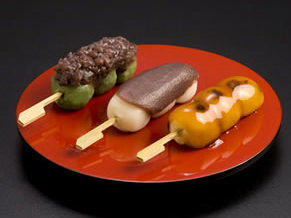
They are relatively inexpensive and can be bought at Japanese confectionery shops and convenience stores.
